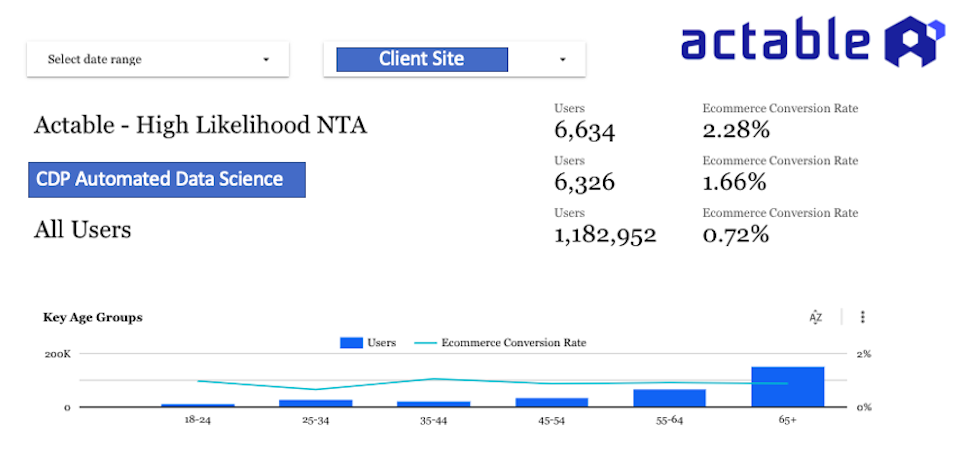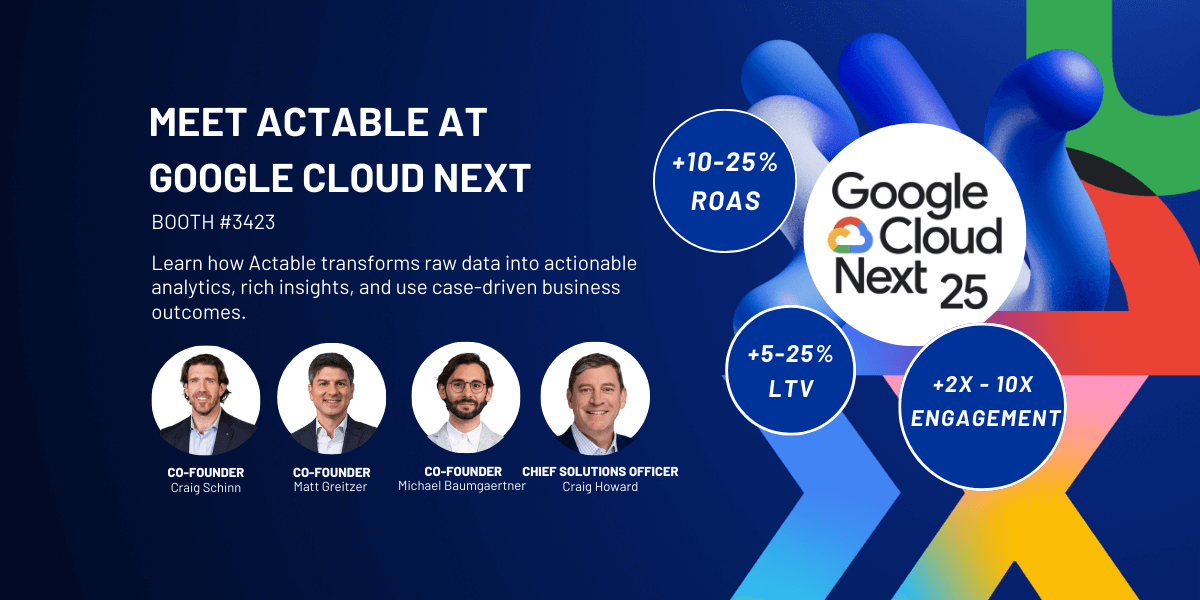Craig Schinn explores how savvy marketers keep their insights and execution in lock-step in a fast-moving world, and explains why insights without action are never enough.
When Did Insights Without Action Happen?
“Actionable Insights” was one of the most hackneyed terms of my early career in CRM & marketing analytics. I cut my teeth at Accenture and Avenue A | Razorfish for much of the early 2000s. Actionable Insights always seemed redundant to me. Was there a booming business for non-actionable insights in the 1990s or earlier? If so, I haven’t heard much about it, but clients & account managers always wanted insights to be “actionable.”
People like me in the analytics profession did our best to move out of the (once booming?) non-actionable analytics market. In the mid 2000s, Verizon was a client of mine. They had a competitive DSL product and were beginning to roll out FiOS. They had a high degree of scrutiny on their acquisition expenditures and held my agency to an exacting standard. As such, we needed to produce exceptionally competitive CPAs. I recall one campaign I analyzed where users connected via dial-up converted at something like 300%+ higher conversion rates. At the time, dial-up subscribers were only 14% of internet traffic in the Verizon footprint…but with conversion rates like that, it was a huge insight. And it was “actionable.” We could target dial-up subscribers with our ad server. However, between the time it took for me to generate the finding and the time to act on it, weeks had gone by. While I always provided myself on “actionable” findings, I didn’t have context for just how quickly insights needed to be acted upon.
Fast forward to modern digital marketing of the last 5 years or so. Digital media traded in real-time is the norm. Customer data platforms execute omnichannel experiences in real-time using 1st party data. Today’s winners don’t necessarily have “actionable insights.” Insights behave much more like real-time decisioning. The best marketers have systems that combine 1st party customer data with 3rd party data & insights. Why?
- 1st Party Data has a high degree of accuracy, and it’s predictive power is unmatched by 3rd party data. Want more revenue? Past purchasers tend to buy more and usually show predictable engagement patterns. Do you need new customers? Your existing customers show the behaviors you need to emulate in targeting strategies.
- 3rd Party Data has much better descriptive power than 1st party data, and it fills in important gaps that a single company’s first party data. For example, it’s still valuable to describe a typical customer in terms of age, gender, household income, other shopping habits. Marketers can draw up valuable inferences from this information.
As such, Actable focuses its insights products to meet both needs. For example, here’s a dashboard we created based on data from our partners at TrueData:

The above is actionable. Our clients can see tons of data about their customers. For example, Weatherbug is a great potential media partner for them. In addition, their customers are older – 60-75 years old according to the report. They play online games such as Pinochle and Texas Hold ‘Em (not in this visual). Their team can draw inferences from the information and make smart media decisions. But more importantly, this can be tuned into high performing models.
Decisioning
Insights like the above help to build trust with clients, but they seldom transform performance, What transforms performance is automated decisioning tied to marketing channels. For example, when we can provide transparency for what works across 1st & 3rd party data:

AND real-life performance that the client can see in their marketing channels:

Insights can’t just be insights. If they aren’t tied into real-time, cross-channel marketing activations, you’re living back in the early 2000s & my dial-up example. So first and foremost, build your models & your marketing activations around 1st party data. Then find the right 3rd party data that fills in the gaps of your 1st party data and gives you the enriching data you need to more deeply understand and emphasize with your customer. Combine these into predictive scores tied natively to your marketing activations, and you will have transformed your business for your good and the good of your customer experience.









